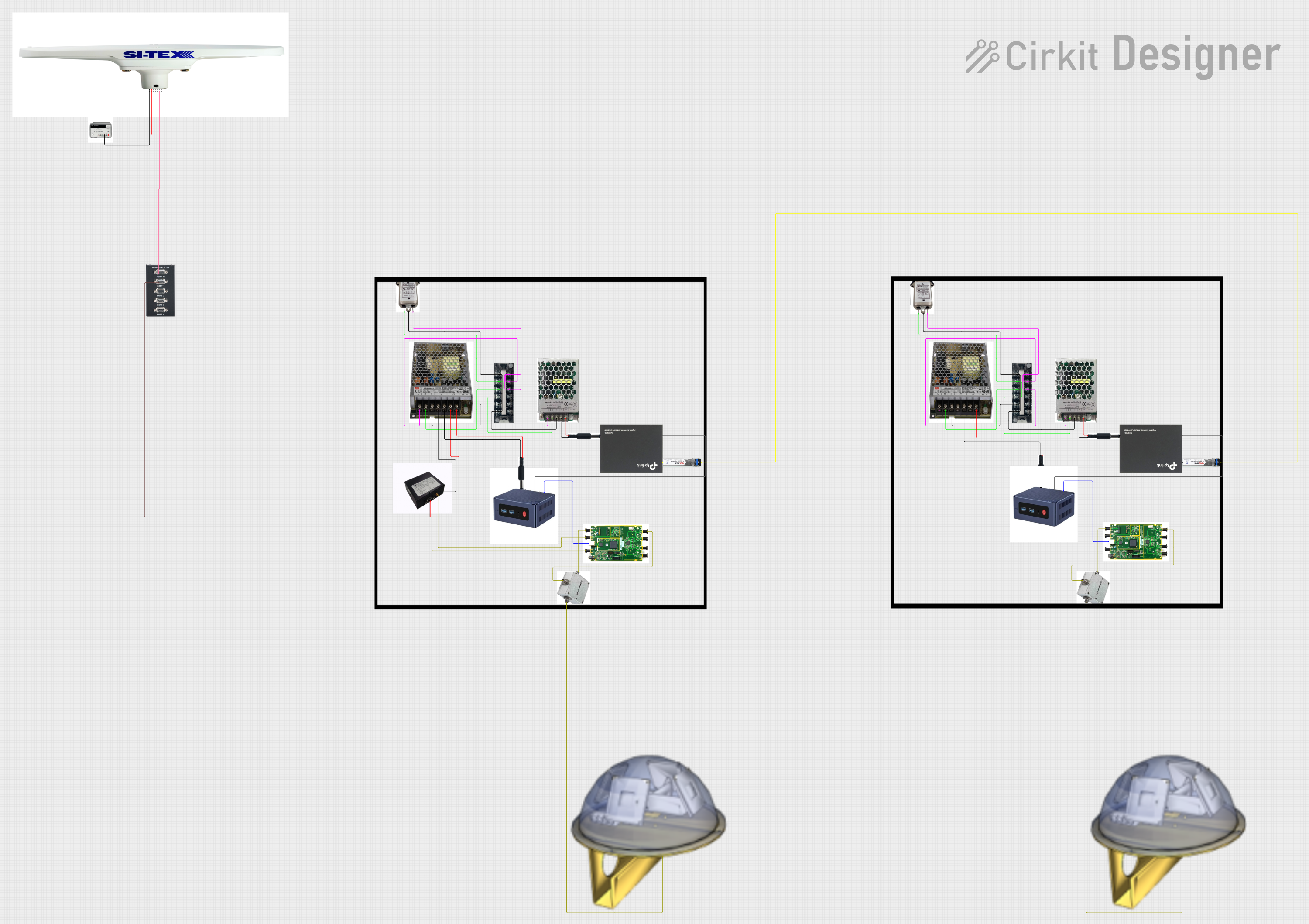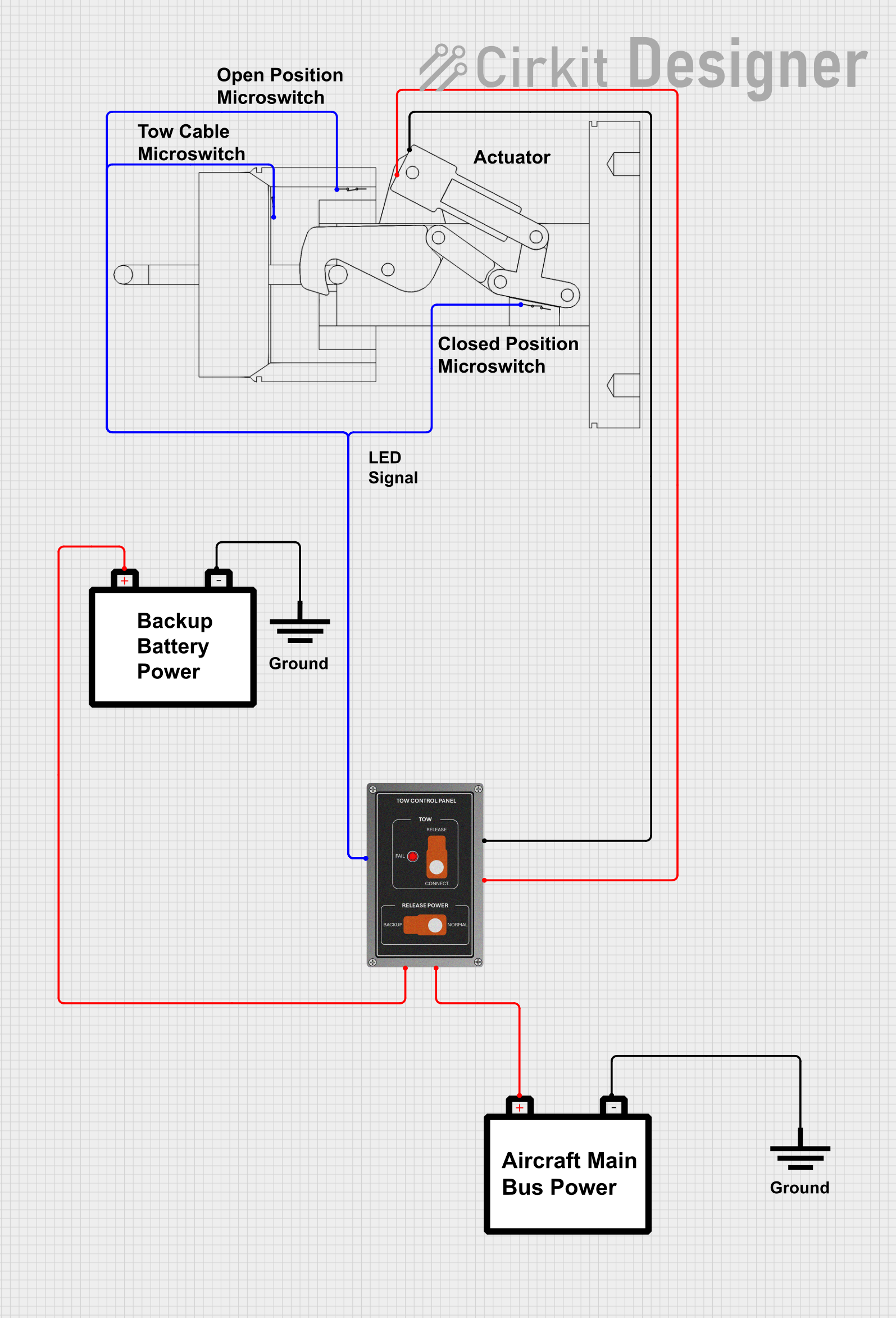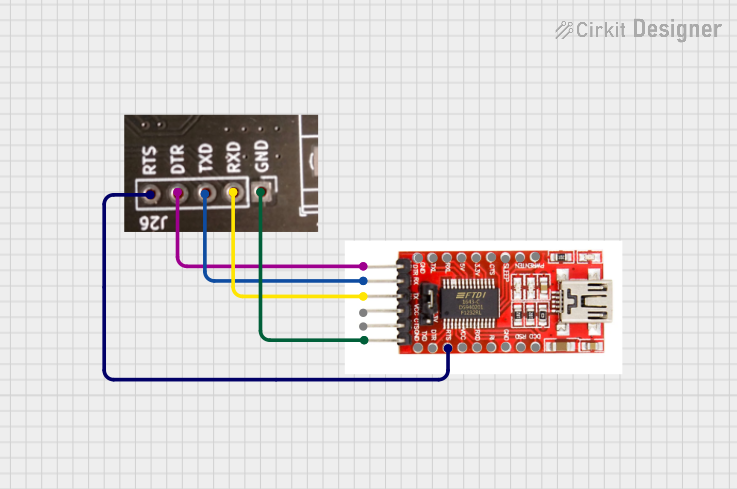
How to Use SF50693-12B: Examples, Pinouts, and Specs

 Design with SF50693-12B in Cirkit Designer
Design with SF50693-12B in Cirkit DesignerIntroduction
The SF50693-12B is a high-performance, low-noise operational amplifier (op-amp) designed for precision signal processing applications. With its wide bandwidth, low distortion, and high input impedance, this op-amp is ideal for use in audio processing, instrumentation, active filters, and other analog circuits requiring high accuracy and stability. Its robust design ensures reliable performance in both commercial and industrial environments.
Explore Projects Built with SF50693-12B

 Open Project in Cirkit Designer
Open Project in Cirkit Designer
 Open Project in Cirkit Designer
Open Project in Cirkit Designer
 Open Project in Cirkit Designer
Open Project in Cirkit Designer
 Open Project in Cirkit Designer
Open Project in Cirkit DesignerExplore Projects Built with SF50693-12B

 Open Project in Cirkit Designer
Open Project in Cirkit Designer
 Open Project in Cirkit Designer
Open Project in Cirkit Designer
 Open Project in Cirkit Designer
Open Project in Cirkit Designer
 Open Project in Cirkit Designer
Open Project in Cirkit DesignerCommon Applications
- Audio signal amplification
- Active filters (low-pass, high-pass, band-pass)
- Precision instrumentation
- Analog-to-digital converter (ADC) buffering
- Sensor signal conditioning
Technical Specifications
Key Technical Details
| Parameter | Value |
|---|---|
| Supply Voltage Range | ±3V to ±18V |
| Input Offset Voltage | 0.5 mV (typical) |
| Input Bias Current | 10 nA (typical) |
| Gain Bandwidth Product | 10 MHz |
| Slew Rate | 5 V/µs |
| Input Impedance | 10⁶ MΩ |
| Output Impedance | 75 Ω |
| Total Harmonic Distortion | 0.0005% |
| Operating Temperature | -40°C to +85°C |
| Package Type | 8-pin DIP or SOIC |
Pin Configuration and Descriptions
The SF50693-12B is available in an 8-pin package. The pinout and descriptions are as follows:
| Pin Number | Pin Name | Description |
|---|---|---|
| 1 | Offset Null 1 | Used for offset voltage adjustment (optional) |
| 2 | Inverting Input | Inverting input terminal (-) |
| 3 | Non-Inverting Input | Non-inverting input terminal (+) |
| 4 | V- (Negative Supply) | Negative power supply |
| 5 | Offset Null 2 | Used for offset voltage adjustment (optional) |
| 6 | Output | Output terminal of the op-amp |
| 7 | V+ (Positive Supply) | Positive power supply |
| 8 | NC (No Connect) | Not connected internally |
Usage Instructions
How to Use the SF50693-12B in a Circuit
- Power Supply: Connect the op-amp to a dual power supply (e.g., ±12V or ±15V) or a single supply (e.g., 5V to 36V) depending on your application. Ensure proper decoupling capacitors (e.g., 0.1 µF ceramic and 10 µF electrolytic) are placed close to the power pins to minimize noise.
- Input Connections: Connect your signal source to the inverting (Pin 2) or non-inverting (Pin 3) input, depending on the desired configuration (e.g., inverting or non-inverting amplifier).
- Output Load: Ensure the load connected to the output (Pin 6) does not exceed the op-amp's drive capability. For best performance, use a load impedance of at least 10 kΩ.
- Offset Adjustment: If precise offset voltage adjustment is required, connect a 10 kΩ potentiometer between Offset Null 1 (Pin 1) and Offset Null 2 (Pin 5), with the wiper connected to V+.
Important Considerations and Best Practices
- Stability: To prevent oscillations, use proper feedback network design and avoid excessive capacitive loading on the output.
- Thermal Management: Ensure the op-amp operates within its specified temperature range (-40°C to +85°C). Use proper ventilation or heat sinks if necessary.
- PCB Layout: Minimize trace lengths for input and output connections to reduce noise and parasitic capacitance. Use a ground plane for improved performance.
- Bypass Capacitors: Always use bypass capacitors close to the power supply pins to reduce power supply noise.
Example: Connecting the SF50693-12B to an Arduino UNO
The SF50693-12B can be used to amplify an analog signal before feeding it into an Arduino UNO's ADC. Below is an example of a non-inverting amplifier configuration:
Circuit Diagram
- Connect the signal source to the non-inverting input (Pin 3).
- Use a resistor divider network for feedback (e.g., R1 = 10 kΩ, R2 = 100 kΩ).
- Connect the output (Pin 6) to the Arduino's analog input (e.g., A0).
Arduino Code
// Example code to read an amplified signal from the SF50693-12B
// connected to an Arduino UNO's analog input pin (A0).
const int analogPin = A0; // Analog input pin connected to op-amp output
int sensorValue = 0; // Variable to store the analog reading
void setup() {
Serial.begin(9600); // Initialize serial communication at 9600 baud
}
void loop() {
sensorValue = analogRead(analogPin); // Read the analog value (0-1023)
// Convert the reading to a voltage (assuming 5V reference)
float voltage = sensorValue * (5.0 / 1023.0);
// Print the voltage to the Serial Monitor
Serial.print("Voltage: ");
Serial.print(voltage);
Serial.println(" V");
delay(500); // Wait for 500 ms before the next reading
}
Troubleshooting and FAQs
Common Issues and Solutions
No Output Signal:
- Verify the power supply connections (V+ and V-).
- Check the input signal and ensure it is within the op-amp's input voltage range.
- Ensure the feedback network is properly connected.
Output Oscillations:
- Add a small capacitor (e.g., 10 pF to 100 pF) in parallel with the feedback resistor to improve stability.
- Reduce capacitive loading on the output.
High Noise Levels:
- Use proper grounding techniques and minimize trace lengths.
- Add bypass capacitors close to the power supply pins.
Incorrect Gain:
- Verify the resistor values in the feedback network.
- Ensure the op-amp is configured correctly (inverting or non-inverting).
FAQs
Q: Can the SF50693-12B operate with a single power supply?
A: Yes, the SF50693-12B can operate with a single supply voltage (e.g., 5V to 36V). However, ensure the input signal and output range are within the op-amp's specified limits.
Q: What is the maximum output current of the SF50693-12B?
A: The SF50693-12B can source or sink up to 20 mA. For higher loads, consider using a buffer stage.
Q: How do I adjust the offset voltage?
A: Use a 10 kΩ potentiometer connected between Offset Null 1 (Pin 1) and Offset Null 2 (Pin 5), with the wiper connected to V+.
Q: Is the SF50693-12B suitable for audio applications?
A: Yes, its low noise and low distortion characteristics make it ideal for audio signal processing.